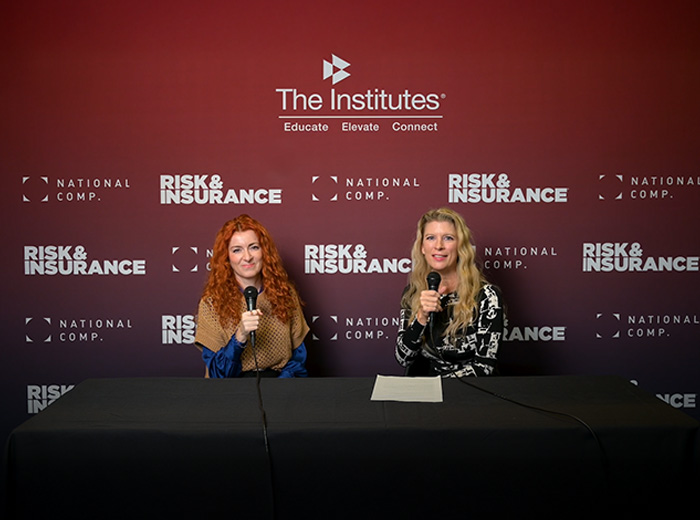What Is Claims Management Success? Data Can Help Define It
What story is your data telling you?
Even the most tech savvy risk professionals may cringe when you use words like metrics, analytics or the phrase, “What are our biggest cost drivers?”
We know that data can be used in many ways when looking at the total cost of risk, and the answers to ‘What is our biggest cost driver?’ are not as simple. The data available in the industry is vast and can be intimidating.
There must be a starting point, however, for risk managers to start taking meaning from their data.
In the workers’ compensation world, I typically recommend reviewing your organization’s historical data over the last 5 years. Identify what your trends are organizationally and by location and department. Then, use this data to determine where you are going. What is your call to action?
The path on your road map should be a path to zero. Zero harm for our customers.
Our customers can be employees, people who utilize our services or visitors, for example. You are improving a culture of safety, reducing and eliminating hazards that may cause harm — which can be a heavy lift. As you follow the route know that there is no magic wand and it takes time to improve.
When reviewing metrics there are hard numbers and there are rates. Risk professionals tend to like one over the other, but they both provide value.
For example one organization two years ago reported 108 claims and then last year they reported 118, an increase. The same organization then broke down the claims reported to a rate. Two years ago the claims rate per 100 FTE’s was 5.47, then last year it went down to 5.0. On face value, this seems like a mixed message.
The hard claim numbers 108/118 they are truly a direct impact on the organizations financial picture. As loss triangles are evaluated the carrier/TPA, actuaries, finance team and senior leaders will be reviewing these important facts to plan their financial future. When we switch to looking at the claims rate, 5.47/5.0, we have a more clear picture of organizational safety when we use the consideration of worked and at risk hours.
Risk managers must also ask themselves if their cost drivers are horizontal or vertical. Slip and injuries across all locations driving claims cost and volume increases would be horizontal. The maintenance department driving up costs would be vertical.
Each question may have an entirely different approach and resource need. With regard to employee injuries, I would recommend looking at these questions and potential solutions in a holistic manner with the employee at the center.
When trying to understand you organization’s data story it’s also important to partner with your TPA/Carrier, they have a tool chest of resources for benchmarking, guidance and loss control. They can assist you in reviewing program drivers, determining what you should work to improve and measurements that may be most impactful.
Most importantly, you need to set a goal for your destination that you can measure against. How do you define success? Identify what you are going to do differently to achieve the goal.
The road itself may be winding and have a few bumps along the way, but the direction is set and the final destination firmly in your sights. &










